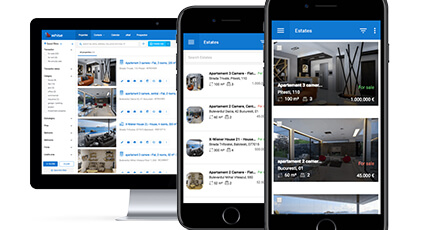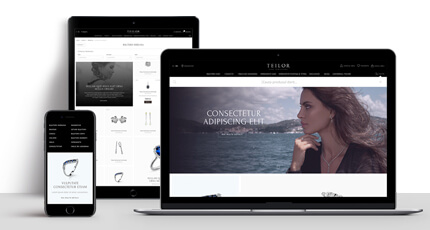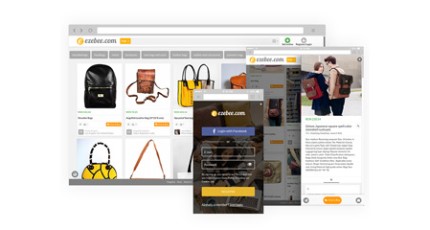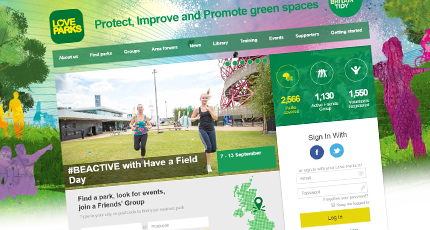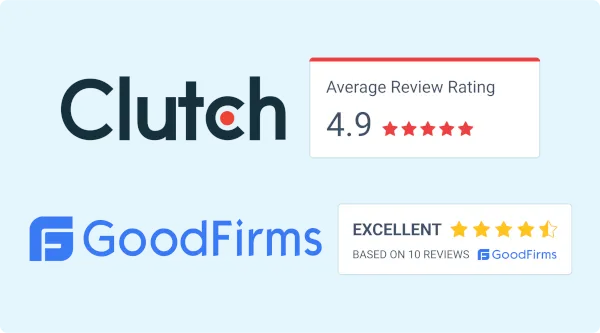
Starting a new project. Choosing and working with a new dev provider. Defining the right core-features. Providing relevant and performant e-learning environments… There are literally hundreds of things you have to take into account, analyze and think about before developing an e-learning project.
While 1 hour of planning can save you from 10 hours of doing plus can avoid dealing with errors, bottlenecks, and oversized expectations, this article is meant to provide you with at least 12 clues about what developing an e-learning solution involves.
So, here are 12 topics you must discuss with your development services provider before even signing the contract.
(And if the provider is our company…well, this article will help you even more by getting you closer to the next step and providing you with a quick overview on how we develop projects like this)
Customization level
“Tailor-made or off-the-shelf platform? What would work better?”
If you need to manage a specific and complex e-learning platform from scratch and a full-custom solution is definitely your answer. On the other hand, if you need to launch a fast solution that integrates basic features, taking over an existing platform architecture will help you do that in…no time.
Analyzing your needs must be done through the following 13 criteria:
- costs;
- ownership;
- security;
- time-to-market/development time;
- options;
- scalability;
- maintenance;
- usability;
- integrations;
- dependency;
- product preview;
- reporting & overviews;
- impact on customers.
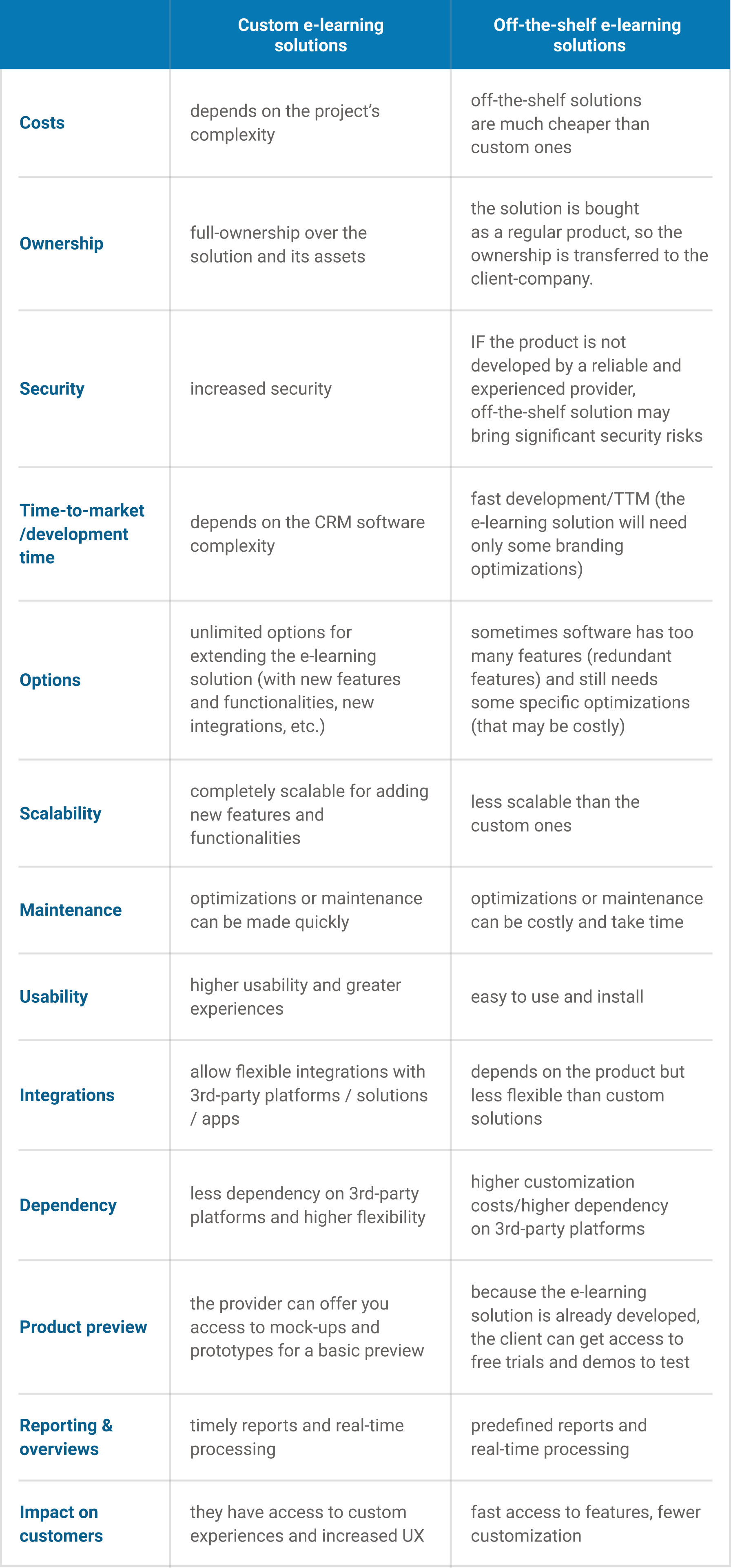
Core Feature
“Based on what criteria should I define my solution’s core-feature?”
While developing an e-learning platform, your main objective is to bring both your audience and company’s needs on the same page. You also must consider if you need to define your business differentiator through the core-feature of your e-learning platform.
Core-feature examples:
- integration of collaborative learning tools;
- custom and complex reporting;
- business support to market the products (e.g., courses);
- brand integration (growing client database and positioning the brand as an informational hub);
- user autonomy (e.g., self-registration);
- multi-level/multi-login/role-based.
Complementary features
“What are the features that every e-learning platform must integrate?”
Top complementary features that an e-learning platform must have
- interactive UI design;
- dynamic and intuitive dashboards;
- easy-to-use filters focused on providing relevance;
- customization options;
- options to set up notifications and reminders;
- fast and intuitive content management;
- SCORM (Sharable Content Object Reference Model) integration;
- mobile-responsiveness;
- ratings and reviews integration;
- possibility to upload a variety of content formats;
- high speed and security;
- user needs-oriented platform architecture;
- project status trackings;
- evaluation systems;
- certifications and feedback tools;
- multiple language support.
Specific features development
“What if I need to develop specific features for my solution?”
Other important features (e.g., for companies that sell courses)
- virtual offices for users;
- trial period /live demos;
- 3rd-party integrated payment systems;
- chat support.
Extended features and functionalities
“What if I need to extend existing features and functionalities or even create new ones later?”
Flexible code. Flexible solution architecture. Flexible features. Those 3 things are must-have for e-learning platforms that are designed for long runs. So, consider finding more about them before starting a new project.
Development team
“Do I need a dedicated development team for my project?”
The key advantage in working with a dedicated development team is that your project will benefit of developers full focus, and expertise.
Being flexible and agile, ramp things up rapidly according to their needs, accept and adapt to their business principles fast, and integrate in their company and to their own team. Clients also want to keep up with innovations, so they expect that their dedicated IT specialists will be set on to put the latest technologies to good use. These are just a few examples, and Roweb is ready to assemble teams of highly qualified IT specialists in the shortest time and able to deliver results in the shortest time frame.
Team size & stability
“How complex will the developing team be?”
The team size depends strongly on how complex your project will be. For instance, for developing the e-learning project for Seatbelt, the dedicated team integrated:
1
Project Manager
1
Full-stack developer
1
UX Designer
1
Quality Assurance
Since this is an ongoing project, the team may change – in terms of growing – without losing its stability.
Find out more about Roweb’s dedicated teams!
Team’s scalability
“What if I want to change the project’s dimension? Is the allocated team scalable enough to adapt to the new requirements?”
Readjusting the team to the dynamic project’s objective is a common practice. Make sure your provider has enough experienced human resources to adjust to your growing needs.
Tracking project’s stages
“How will I be kept informed about the evolution of the project?”
Regular meetings and updates are a must in every development project. But their frequency is established by the provider and based on the methodology he works with.
For instance, at Roweb we keep the client very close to the project, validate the main directions and initiative with him, and rely on a Scrumban approach.
Scrumban uses the predictive nature of Scrum together with the improvements approach from Kanban.
The benefits brought by this hybrid system in a nutshell:
- high quality;
- high responsiveness rate to dynamic needs/objectives;
- high predictability and control over the deadlines and deliverables;
- continuous improvement;
- redundant tasks are eliminated;
- added values to the processes.
The process of software development using dedicated teams
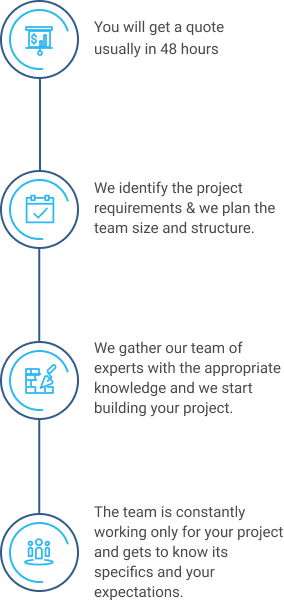
Cost-type contract
“What cost-type contract should I take into account?”
Dedicated team
- the client-company pays a monthly salary to the hired specialists plus administrative costs;
- the model is suitable for long-term projects and complex project where the company needs additional expertise;
- the client has full control over the development process.
Time and material
- the company pays exclusively for the development time invested;
- the model can be used for completing the resources that are missing from a project;
- the model is suitable for less complex projects with predefined requirements.
Fixed-price
- suitable for small projects that allow accurate estimations (for costs, time, resources used etc.)
- great control over the delivery time – the projects are delivered on a pre-agreed timeframe
- this model is useful for testing the impact of new products on specific audiences
An outsourcing contract should include the following details:
- Services description;
- Agreement scope;
- Project time and cost;
- Parties obligations;
- Representation and warranties;
- Confidentiality agreements;
- Intellectual property rights.
- Software, apps etc.
Client is always right
“This is what Selfridge used to say. “But what if I’m wrong?”
Relying on the provider’s experience is essential. Assuming that you are right, even in a tech field may be risky and costly. So, make sure you choose a reliable and experienced provider.
And, for selecting the right one you must take into account some essential criteria:
- 10+ y of experience on the IT market – a guarantee that experienced teams will take over your project;
- various projects in the company’s portfolio – illustrative both for dedicated teams and for your industry;
- large and stable number of employees – the more employees a company has, the easier will be for it to provide you the team you need;
- team roles provided by the company – an extra-guarantee that you can count on a complete team for developing your project;
- disruption-free recruitment projects – recruitment processes based on modern and efficient technologies.
A project example: e-learning platform for Seatbelt
Key project references
- multi-level platform (role-based) & multi-login (users with/without account)
- fast and intuitive content management (user management, tests, courses etc.)
- SCORM (Sharable Content Object Reference Model) integration
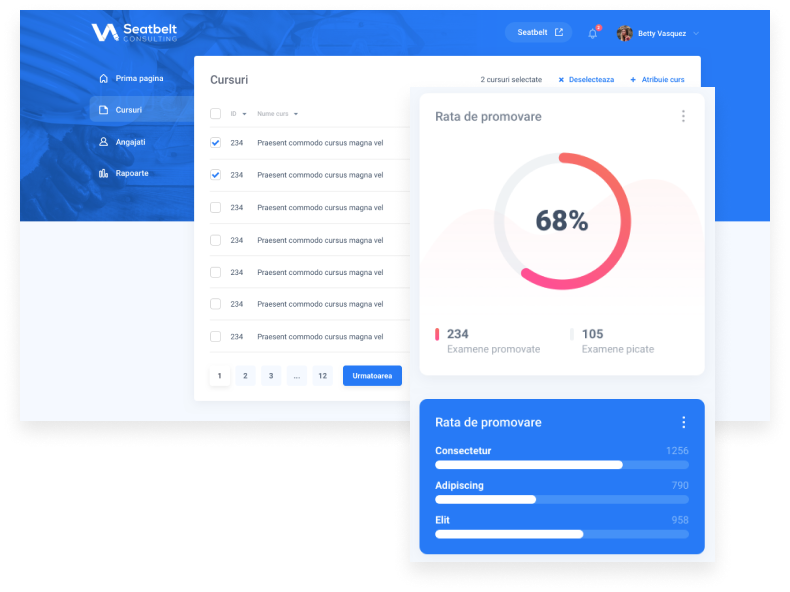
Technologies used for developing the e-learning project: PHP, MySQL, Redis, Lumen, ReactJS, Docker, Google Maps API, RxJava, Retrofit.
Before building the web e-learning solution with us, Seatbelt was already using an existing outdated one that no longer responded to their needs.
So, our client decided to build a complete and full-custom new platform for managing all their e-learning activities, able to integrate, also, SCORM (Sharable Content Object Reference Model) – a set of technical standards for e-learning software products.
We built the solution based on the existing CRM web & mobile app solution’s architecture that we developed for them a few years ago (the e-learning platform being an extension for the initial project).
Ongoing customizations & optimizations: Being an ongoing project, Seatbelt e-learning platform continues to be optimized, customized and extended according to our client’s dynamic needs (e.g., optimisations for roles and permissions are taken into account, for covering all the e-learning/management requirements).
The outcome
Our client can rely now on a safe, intuitive and easily manageable e-learning platform.
Benefits for Seatbelt
Time-efficient & cost-efficient way to do business.
Benefits for Seatbelt’s clients
A more efficient way to access information easy and fast.
Interested in developing a full-custom e-learning solution for your business? Get in touch with us for a free consultation session!
Send request

